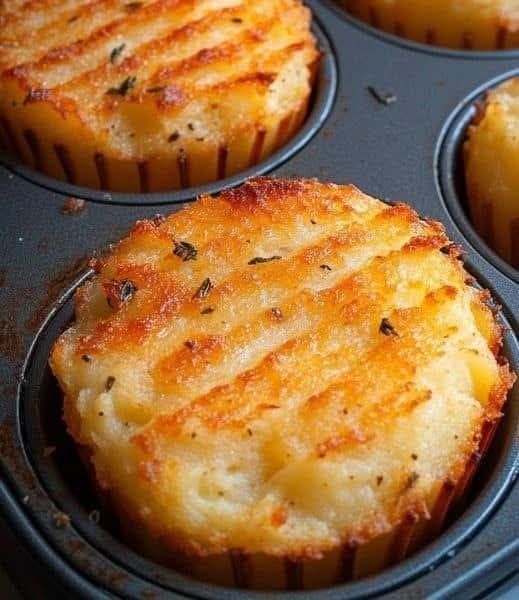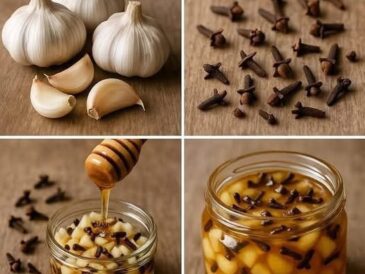Not all nail ridges are created equal. Some are harmless; others may be your body’s way of waving a red flag.
Pay attention to the following warning signs:
- Sudden or deep ridges that appear on one or two nails only.
- Color changes, such as dark streaks, yellowing, or bluish tones.
- Changes in nail shape—thickening, curling, or pitting.
- Splitting or peeling near the ridges.
- Pain, swelling, or redness around the nail bed.
These symptoms could indicate infection, trauma, or even systemic illness, such as vitamin deficiencies or inflammatory diseases.
In rare cases, a single dark vertical line can be an early sign of melanoma under the nail. If you notice pigmentation that doesn’t grow out or looks irregular, see a dermatologist immediately.
How to Reduce and Prevent Nail Ridges
While you can’t stop natural aging, there’s plenty you can do to keep your nails smooth, strong, and healthy at any age.
1. Moisturize Regularly
Hydration is key. Apply hand cream or nail oil several times a day, especially after washing your hands. Look for ingredients like shea butter, glycerin, vitamin E, and hyaluronic acid.
2. Stay Hydrated from Within
Drink at least 6–8 glasses of water daily. Dehydration affects every part of the body, including your nails. Herbal teas and water-rich fruits like cucumber and melon can also help.
3. Protect Your Hands
Wear gloves while washing dishes or cleaning to shield your nails from harsh chemicals and excess moisture loss.
4. Eat a Nail-Friendly Diet
Focus on foods rich in:
- Biotin (Vitamin B7): Found in eggs, almonds, and avocados.
- Omega-3 fatty acids: From fish, walnuts, or flaxseeds.
- Iron: From leafy greens, lentils, and lean meats.
- Zinc and magnesium: From seeds, beans, and whole grains.
If your diet lacks variety, consider a biotin or collagen supplement (consult your doctor first).
5. Avoid Over-Manicuring
Over-buffing or scraping the nail surface can thin the layers and make ridges more noticeable. Keep manicures gentle, and avoid metal tools that can damage the cuticle.
6. Gentle Filing
If ridges make your nails feel rough, use a fine-grit buffer gently in the direction of the nail growth—never side to side. Finish with a nail-strengthening oil.
7. Limit Harsh Chemicals
Try acetone-free nail polish removers and non-toxic nail polishes. Harsh chemicals can strip away natural oils and dry the nail plate.
8. Manage Stress
Chronic stress affects hormone balance and nutrient absorption. Incorporate relaxation techniques like yoga, deep breathing, or walking to support overall health—including your nails.
The Role of Hormones and Menopause
For women over 40, hormonal changes—especially during perimenopause and menopause—can influence nail health. A decrease in estrogen levels can lead to reduced moisture retention, slower cell regeneration, and weaker nails.
During this stage, it’s particularly important to:
- Maintain hydration.
- Increase dietary fats for natural moisture (olive oil, avocado, nuts).
- Use hand creams enriched with collagen and keratin.
Small adjustments in daily care can go a long way in minimizing the effects of hormonal shifts on nail strength and appearance.
Professional Treatments and When to Seek Help
If home remedies and self-care don’t improve your nail condition, a professional evaluation may be necessary.
Dermatologists and podiatrists can examine your nails to identify possible deficiencies or health issues. They may perform:
- Blood tests to check for vitamin or mineral deficiencies.
- Biopsy or imaging if abnormal discoloration or shape changes are present.
- Topical treatments or supplements for improving nail strength.
In some cases, professional nail treatments—like keratin-infused manicures or paraffin wax therapy—can restore smoothness and shine.
Natural Remedies for Healthier Nails
For those who prefer natural care, several home ingredients can nourish your nails and improve texture:
- Olive Oil Soak: Warm a tablespoon of olive oil and massage it into your nails daily.
- Coconut Oil Treatment: Rich in fatty acids and antioxidants; great for cuticle repair.
- Lemon Juice and Honey Mix: Brightens and hydrates dull nails.
- Castor Oil: Strengthens nail beds and prevents brittleness.
Consistency is key. Regular application can reduce ridges and promote smoother nail growth over time.
Aging Gracefully—Including Your Nails
Vertical nail ridges are one of the many subtle signs of aging, much like silver hair or fine lines on your skin. They tell the story of years lived, hands that have worked, and experiences accumulated.
While they’re usually harmless, paying attention to your nails is an easy way to monitor your overall health. After all, nails can reveal more than you think—they reflect your nutrition, circulation, and even hormone balance.
If your ridges are accompanied by other changes or discomfort, don’t ignore them. A quick check-up can rule out anything serious and give you peace of mind.
Otherwise, with proper hydration, nutrition, and care, you can keep your nails looking smooth, strong, and beautiful—at any age.
Discover More:
- Nail Health & Aging
- Skin and Hair Wellness
- Nutrition After 40
- Natural Beauty Tips
- Preventive Health
- Self-Care for Mature Women





